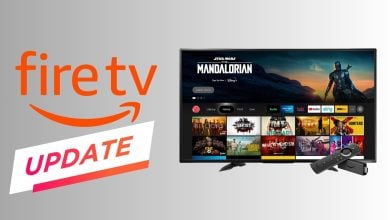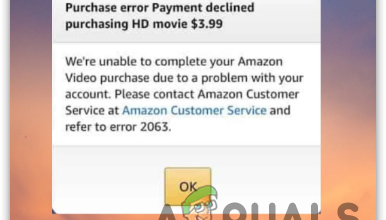How to Fix Amazon Prime Error Code 1060?
Streaming suddenly stops, showing a black screen and an “Error Code 1060” message, when Amazon Prime can’t load videos because of connection problems. This error means there is a network issue that keeps the app from connecting to Amazon’s servers.
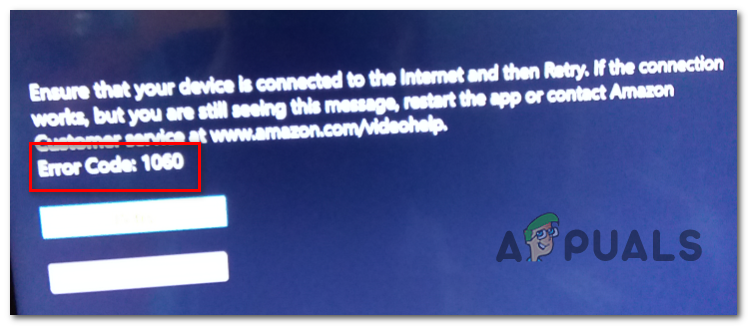
The main reason is usually a slow or unstable internet connection, which can be made worse by Wi-Fi interference, VPN use, or minor router problems. This error often happens on smart TVs, Fire Sticks, game consoles, and other streaming devices that use Wi-Fi.
In this article, we will discuss different ways to solve this error.
1. Reboot or Reset Your Router/Modem
Dropped connections or slow loading can happen because of small problems with your home network. Restarting your router or modem can fix these issues by clearing out any errors and refreshing your internet connection. This often brings back a stable connection for smooth streaming.
To reboot your router or modem, use the dedicated On / Off button. Press this button once to turn off the device, then wait at least 30 seconds before pressing the button again to turn it back on. Waiting 30 seconds ensures that the device resets completely.
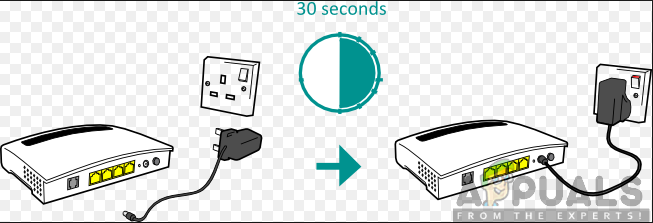
Note: Alternatively, you can unplug the power cable from the outlet for at least 30 seconds, then plug it back in.
After rebooting, try streaming a video on Amazon Prime again. If you still get the 1060 error, consider resetting your router. Keep in mind that this will erase your custom Wi-Fi name, password, and any other personalized settings.
To reset your router or modem, use a pointed object (like a toothpick or needle) to press and hold the reset button on the back. Hold it for at least 10 seconds, or until the front lights flash at the same time.
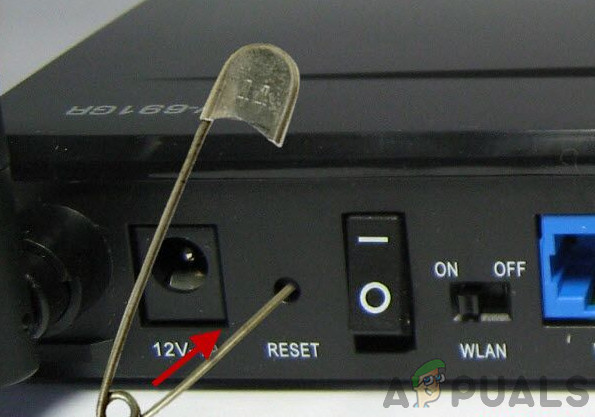
Once the reset is done, check your device to see if Amazon Prime now works.
2. Switch to a Wired Connection (If Possible)
Wi-Fi interference or a weak signal can quietly mess up your streaming. Switching to a wired Ethernet connection avoids these problems and gives you a more stable and steady connection for smooth, uninterrupted streaming.
If you think this might be the issue, try switching to an ethernet (wired) connection. If that’s not possible, consider using a Wi-Fi extender to boost your signal and keep your connection stable.
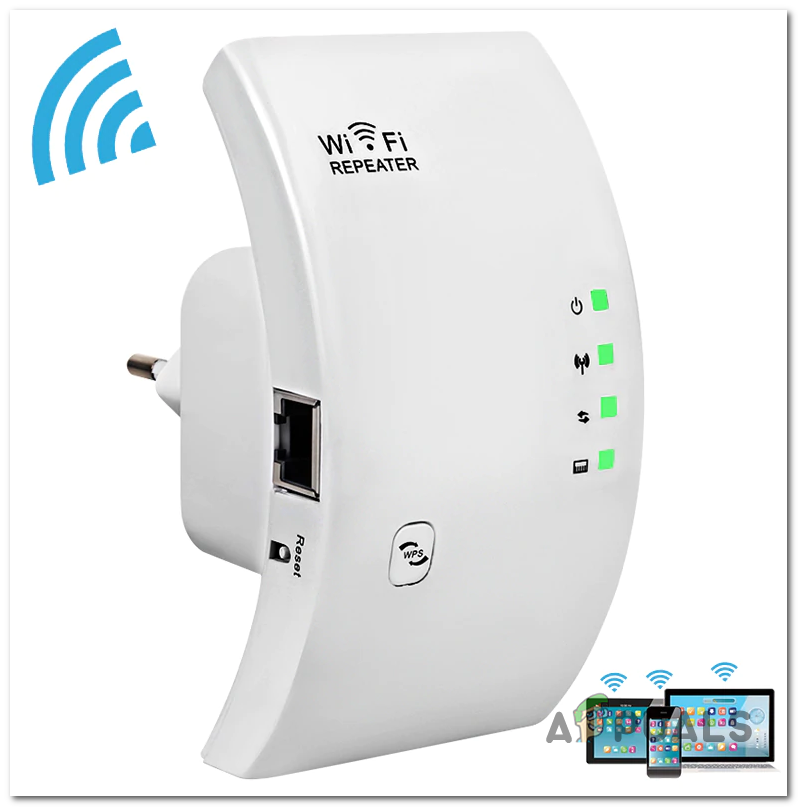
3. Check If You Meet the Minimum Bandwidth Requirements
Slow-loading or buffering problems usually mean your internet speed isn’t fast enough. Make sure your connection meets the platform’s basic speed needs—at least 3 Mbps for standard quality or 5 Mbps for high quality—so your stream can play smoothly without stopping.
- Close any other tabs or apps that might be using the internet.
- Visit this link and click on GO to start the speed test.
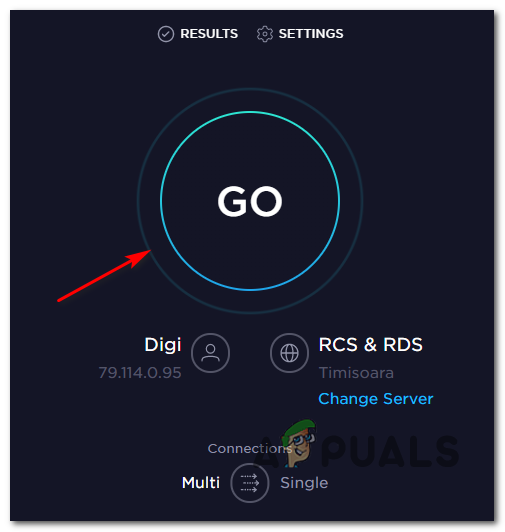
Doing a Speed Test from your favorite browser - Wait for the test to complete, then check your results.
- If your DOWNLOAD speed is lower than 4 Mbps, you’ll need to contact your internet provider to upgrade your plan in order to fix Error Code 1060.
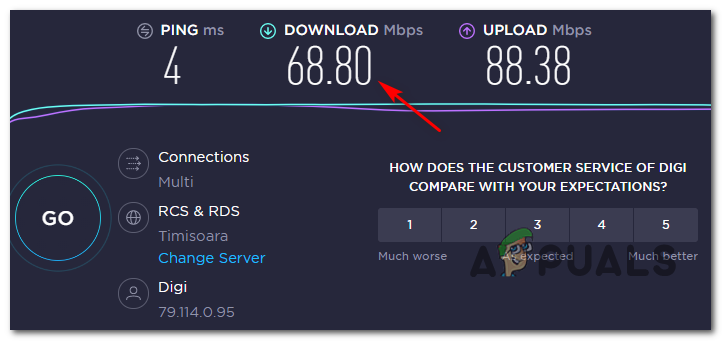
Analyzing the results of the Speed Test
4. Disable Proxy or VPN Client (If Applicable)
Proxies and VPNs can send your internet traffic through different or slower servers. This might cause problems when you try to access certain websites or streaming services. Turning them off lets your device connect directly to the streaming servers, which can help fix region or login problems.
4.1. Remove Proxy Server from Windows 10
- Press Windows key + R to open the Run dialog. Type ‘ms-settings:network-proxy’ and press Enter to open the Proxy settings.

Run dialog: ms-settings:network-proxy - In the Proxy settings, scroll to Manual Proxy Setup. Turn off the switch for ‘Use a proxy server‘.
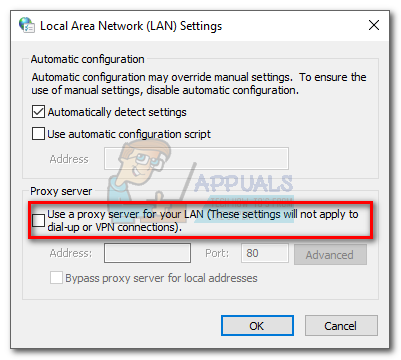
Disabling the Proxy server - Close the settings menu and restart your computer.
- After your computer restarts, try streaming from Amazon Prime again.
4.2. Remove a VPN Client from Windows 10
UPDATE: At the time of writing, some VPN clients are not detected by Amazon Prime: Hide.me, HMA VPN, Surfshark, Super Unlimited Proxy, Unlocator, and Cloudflare. This may change over time, so if you’re using a different VPN, remove it using the steps below.
- Press Windows key + R and then type ‘appwiz.cpl’. Press Enter to open the Programs and Features window.

Type appwiz.cpl And Press Enter to Open Installed Programs Page on Windows - Find your VPN client in the list of programs.
- Right-click on the VPN client and choose Uninstall.
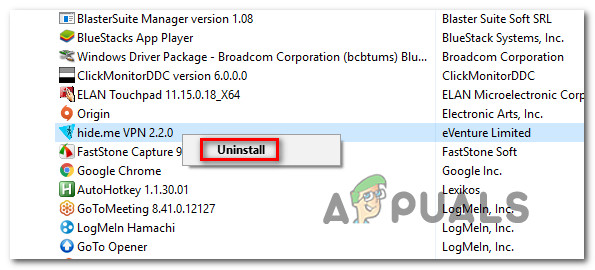
Uninstalling the VPN client - When the uninstallation is finished, reboot your computer. Then, check if your issue is resolved when you start your computer again.



